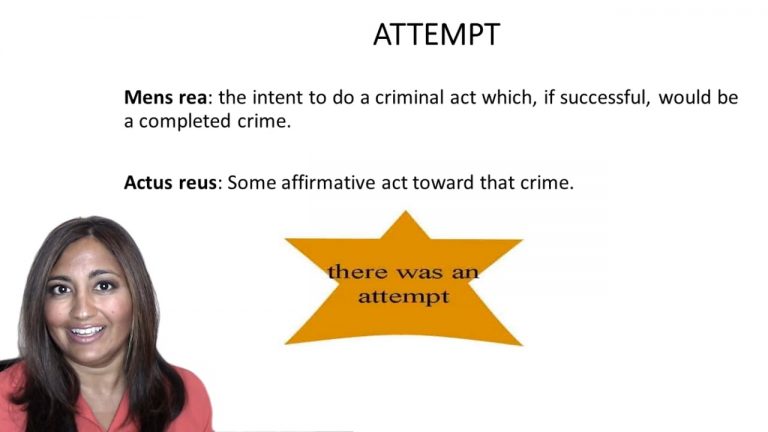SmartBrief
Confirm favorite deletion?
Criminal Law Keyed to Weaver
State v. Workman
Citation:
90 Wash. 2d 443, 584 P.2d 382 (En Banc 1978).Facts
Workman and Hughes had been drinking and dancing with their wives most of the evening. Upon the drive home the two men devised a plan to rob a gas station. After they chose their target they parked the car in the alley behind the station and left their wives asleep in the car. They took a rifle from the car and loaded it. They took material with holes to cover their faces. They walked up to the fence behind the station and waited for a less busy time. Around 2:30 am the attendant of the station went out for a walk and saw the two men, unmasked, the attendant called the police. Workman went to the window and asked the attendant for a cigarette, without a gun or mask on, the attendant refused. An unmarked police car showed up across the station. Workman and Hughes state that they were trying to summon the courage to commit the crime. Another police car turned into the alley behind the station. The first car pulled into the station and Workman and Hughes decided not to go through with the robbery and stated they did not see the officers when they decided not to go through with it. However, the officers stopped the two men and found the masks and the loaded sawed off rifle.
At trial the instruction regarding abandonment was not given. The instruction stated an attempt had occurred if a substantial step was taken and that mere preparation did not constitute a substantial step.
Only StudyBuddy Pro offers the complete Case Brief Anatomy*
Access the most important case brief elements for optimal case understanding.
*Case Brief Anatomy includes: Brief Prologue, Complete Case Brief, Brief Epilogue
- The Brief Prologue provides necessary case brief introductory information and includes:
Topic:
Identifies the topic of law and where this case fits within your course outline.Parties:
Identifies the cast of characters involved in the case.Procedural Posture & History:
Shares the case history with how lower courts have ruled on the matter.Case Key Terms, Acts, Doctrines, etc.:
A case specific Legal Term Dictionary.Case Doctrines, Acts, Statutes, Amendments and Treatises:
Identifies and Defines Legal Authority used in this case.
- The Case Brief is the complete case summarized and authored in the traditional Law School I.R.A.C. format. The Pro case brief includes:
Brief Facts:
A Synopsis of the Facts of the case.Rule of Law:
Identifies the Legal Principle the Court used in deciding the case.Facts:
What are the factual circumstances that gave rise to the civil or criminal case? What is the relationship of the Parties that are involved in the case.Issue(s):
Lists the Questions of Law that are raised by the Facts of the case.Holding:
Shares the Court's answer to the legal questions raised in the issue.Concurring / Dissenting Opinions:
Includes valuable concurring or dissenting opinions and their key points.Reasoning and Analysis:
Identifies the chain of argument(s) which led the judges to rule as they did.
- The Brief Prologue closes the case brief with important forward-looking discussion and includes:
Policy:
Identifies the Policy if any that has been established by the case.Court Direction:
Shares where the Court went from here for this case.
Topic Resources
Topic Videos
 14m 44s
14m 44s 4m 26s
4m 26s